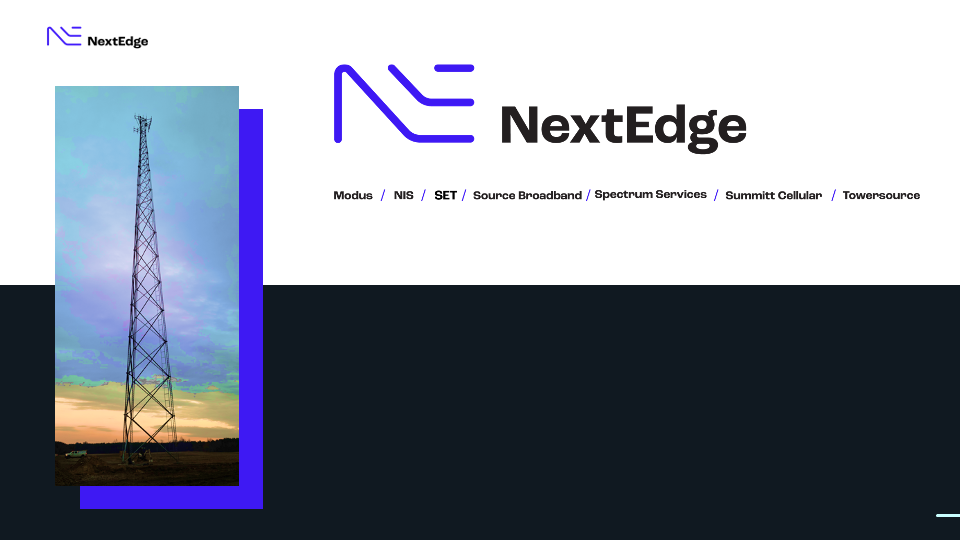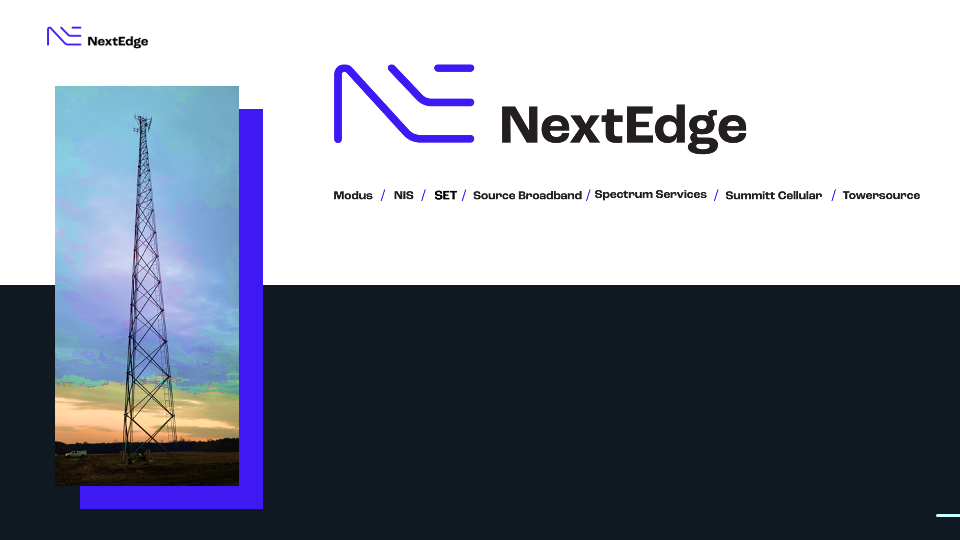Title Page
-
Company Name
-
Conducted on
-
Site Name/Site Number/Location
-
Name of Competent Person on site
-
Customer
-
Name of Person Conducting Audit
-
Type of Structure
-
Scope of Work
Part 1: JOB SITE DOCUMENTATION
-
A. Was a Pre-Job Hazard Assessment (JHA) conducted, form complete and on-site?
-
B. Are there applicable safety signs posted?
-
C. Is there a competent person on site?
-
D. Is there more than one person (minimum of 2) on site certified in First Aid/CPR/BBP/AED
-
E. Per ANSI/ASSP A10.48 has the emergency data form been filled out and posted?
-
F. Has a site-specific emergency rescue plan been developed and documented?
-
G. Are SDS, available for the material being used on the jobsite? (Available via digital means and methods acceptable)?
-
H. If a rigging plan is required, does the approved rigging plan correspond with the on-site conditions?
-
I. Is the proper equipment to complete the task on the jobsite?
-
J. Are daily tailgate meetings held to review the scope of work?
-
K. Before commencing climbing or rigging operations, has the structure owner or NATE guidelines for dig-to-block been evaluated by the competent person?
-
L. Is there a stop work authority procedure in place for personnel to report and correct identified hazards without fear of repercussions?
PART 2: JOB SITE CONDITIONS (INCLUDE ENVIRONMENTALS)
-
A. Are the housekeeping responsibilities met and maintained?
-
B. Are the materials stored properly and orderly?
-
C. Are measures taken to prevent access by unauthorized personnel to the site?
-
D. Are areas barricaded as required?<br>
-
E. Is adequate drinking water available for all members of the crew?
-
F. Are chemical, flammable and combustible liquids stored properly? (i.e. no plastic gas cans)
-
G. Are fire extinguishers of the appropriate size and type available, and with current inspection tags?
-
H. Are plant and animal hazards addressed and documented?
PART3: PPE
-
A. Are employees wearing head protection?
-
B. Are employees wearing proper footwear?
-
C. Is approved eye protection being used?<br>
-
D. Are employees wearing appropriate gloves when required?
-
E. Are employees dressed in appropriate work clothing?
-
F. Are employees wearing appropriate hearing protection when required?
-
G. Are employees wearing appropriate high-visibility clothing when required?
PART 4: FALL PROTECTION EQUIPMENT
-
A. Do personnel exposed to falls have documented training?
-
B. Is fall protection equipment being inspected daily and documented?
-
C. Is the proper fall protection equipment on the jobsite to perform the scope of work?
-
D. Is a documented fall protection plan readily available on the jobsite?
-
E. Is a documented rescue plan readily available on the jobsite?
-
F. Are personnel utilizing 100% tie-off practices?
PART 5: RF
-
A. Do personnel exposed to RF have documented training?
-
B. Have RF hazards been documented?
-
C. Is a documented RF plan readily available on the jobsite?
-
D. Are personal RF monitors being worn?
-
E. Are RF monitors calibrated and charged?
PART 6: HOISTS
-
A. Are daily inspections being completed with documentation on the jobsite?
-
B. Is the hoist operator qualified per ANSI/ASSP A10.48?
-
C. Are load charts posted and readily available to hoist operator?
-
D. Is there an operator manual for the unit on the jobsite?
-
E. Are overhaul ball markings legible?
-
F. Is end termination properly secured?
-
G. Are all hoists secured and properly anchored for the load intended?
-
H. Has hoist load test(s) been performed per scope of work?
-
I. Are hoist controls clearly identified?
-
J. Are hoist controls easily accessible to the operator?
-
K. Is the hour meter operational and functioning properly?
-
L. Are non-trunked, dedicated frequency two-way radios being tested daily, if being used?
-
M. Are all exposed moving parts properly guarded?
-
N. Is a hand signal chart readily available on the jobsite?
PART 7: PERSONNEL LIFTING
-
A. Is the hoist approved for lifting personnel (man-rated)?
-
B. Has a pre-lift meeting been held, documented, and made available on the jobsite?
-
C. Was a trial lift completed and documented?
-
D. If a personnel platform is on site, does it have an identification plate with weight ofthe platform, maximum intended load, and employee capacity?
-
E. If a gin pole is being used, does it have a load chart for personnel lifting?
PART 8: RIGGING COMPONENTS
-
A. Are all tags on rigging equipment legible?
-
B. Has rigging equipment been inspected per ANSI/ASSP A10.48?
-
C. Have all load lines been inspected?
-
D. Have all tag lines been inspected?<br>
-
E. Have all blocks been inspected?
-
F. Have all shackles, hooks, and hardware been inspected?<br>
-
G. Have all slings been inspected?
PART 9: GIN POLES
-
A. Has the gin pole been inspected per ANSI/ASSP A10.48?
-
B. Have the rigging components and accessories used with the gin pole been inspected?
-
C. Does the gin pole have identification markings?
-
D. Has the gin pole been assembled per the load chart?
-
E. Does the sheave in the rooster head / block, match the D/d wire rope size?
-
F. Has a trial lift been preformed and documented?
-
G. Has an approved Class 4 rigging plan been established on the jobsite?
PART 10: CLIMBING FACILITIES/PORTABLE LADDERS
-
A. Is the climbing path clear of obstruction?
-
B. Is there a safety climb system available?
-
C. Does the safety climb system pass inspection?
-
D. Are portable ladders at the proper slope? (4:1 ratio)
-
E. Is the portable ladder secured, stable, and on level ground?
-
F. Does the extension ladder extend 36 inches past landing?
PART 11: ELECTRICAL (INCLUDE OVERHEAD)
-
A. Do personnel exposed to electrical hazards have documented training?
-
B. Based on the scope of work, are the personnel trained on the Lockout/Tagoutprocedures?
-
C. Are electrical panels covered when not being worked on?
-
D. Are Ground Fault Circuit Interrupters (GFCI) being used if permanent wiring isnot available?
-
E. Are extension cords in good condition?
-
F. Are the correct length and gauge of extension cords being utilized?
-
G. If necessary, has the power company been notified?<br>
-
H. Is there a documented procedure for site-specific electrical hazards that relates tothe scope of work?
PART 12: CRANES & BOOM TRUCKS
-
A. Has the lift plan been completed as per OSHA 1926.1400 subpart CC and reviewed with all personnel on site?
-
B. Is there a documented procedure for site-specific electrical hazards that relates to the lift plan?
-
C. Is crane operator certified?<br>
-
D. Does the signal person have documented training?
-
E. Have the operator and signal person established a communication method?
-
F. Is the annual inspection tag or inspection report current, and readily available?
-
G. Are load charts readily available?
-
H. Are cranes cribbed and level?
-
I. Is the block or overhaul (headache) ball properly marked?
-
J. Is end termination properly secured?
-
K. Have the daily crane and rigging inspections been conducted and documented?
-
L. Is a hand signal chart readily available on the jobsite?
-
M. Have any known underground conditions been verified?
PART 13: CAPSTAN HOISTS
-
A. Does the operator have documented training?
-
B. Is there a documented procedure for site-specific electrical hazards that relates to theconstruction plan?
-
C. Has the capstan hoist and mounting system been inspected and documented?
-
D. Are operator controls in good working condition? (Foot Pedal or Switch)
-
E. Is rope of sufficient size, strength and type for load being lifted?
-
F. Is the manufacturer's labeling indicating load rating legible?
-
G. Is the capstan drum free of corrosion and grooves?
-
H. Have the vehicle wheels been chocked?
PART 14: TRENCHING & EXCAVATIONS
-
A. Has a competent person been identified?
-
B. Has both private and public 811 (utility avoidance) been contacted prior to construction?
-
C. Have utilities (public and private) been marked?
-
D. During drilled shaft operations are fall protection systems in place?
-
E. Are systems in place to prevent fall hazards during operations?
-
F. Are all open excavations properly barricaded overnight?
-
G. Have personnel in the trench been properly protected from cave-in?
-
H. If personnel are in the trench is there proper entry and egress?
-
I. Have spoils been placed at a minimum of two feet from the excavation edge?
PART 15: HEAVY EQUIPMENT
-
A. Is back-up alarm working properly?
-
B. Is roll-over protection installed and in good condition?
-
C. Are safety interlocks operational?
-
D. Are hazard lights working properly?
-
E. Are buckets and booms free of cracks and defects?
-
F. Are personnel clear of the danger area or working radius?
-
G. Have all the daily inspections required in the operator's manual been performed and documented?
-
H. Have all operators been properly trained on safe use and operation of the unit being used?
PART 16: HAND/POWER TOOLS
-
A. Are all tools in good condition?
-
B. Are electrical tools properly grounded or double insulated?
-
C. Are proper guards in place?
-
D. Are all tools being used for intended purpose of the manufacturer?
PART 17: DOT DRIVERS AND VEHICLES
-
A. Is CDL valid for equipment being used?<br>
-
B. Do drivers have DOT Medical Card (greater than 10,001 lbs GVW)?
-
C. Are drivers Electronic Logging Devices (ELD) current?
-
D. Are Daily Vehicle Inspection Reports (DVIR) current?
-
E. Is vehicle labeled per DOT requirements?
-
F. Are emergency reflectors in the vehicle?
-
G. Is vehicle interior / exterior maintained properly?
-
H. Is there any interior or exterior damage?
-
I. Is the windshield in good condition?
-
J. Are tires in good condition?
-
K. Are fire extinguisher(s) of appropriate size and rating readily available and equipped with a current monthly inspection tag?
-
L. Is the fire extinguisher location identified?
-
M. Is a DOT compliant first aid kit located on the vehicle?
-
N. Are all state & federal inspection stickers current?
-
O. Is the insurance and registration certificate current and readily available?
-
P. Are all exterior lights in operational condition? (truck and trailer)
-
Q. Are trailer breakaway harnesses properly functioning?
-
R. Are trailer safety chains properly installed?
-
S. Is material secured in accordance with DOT regulations?
-
T. Are all fuel containers used properly?
PART 18 OVERALL IMPRESSION OF SITE
-
Overall Impression
-
Amount of time spent on this safety audit visit.
-
Necessary to follow up with written documentation?
-
If any deficiencies were they corrected immediately?
-
Comments
-
Was this report was reviewed with supervisor and crew?
-
Crew Member Names
-
Supervisor Name
-
Date
DIRECTOR DEFICIENCY COMPLIANCE REPORT
-
ITEM#
-
Noted Deficiency
-
Course Action
-
Compliance Completed By
-
ITEM#
-
Noted Deficiency
-
Course Action
-
Compliance Completed By
-
ITEM#
-
Noted Deficiency
-
Course Action
-
ITEM#
-
Noted Deficiency
-
Course Action
-
Compliance Completed By
-
Item#
-
Noted Deficiency
-
Course Action
-
Compliance Completed By







